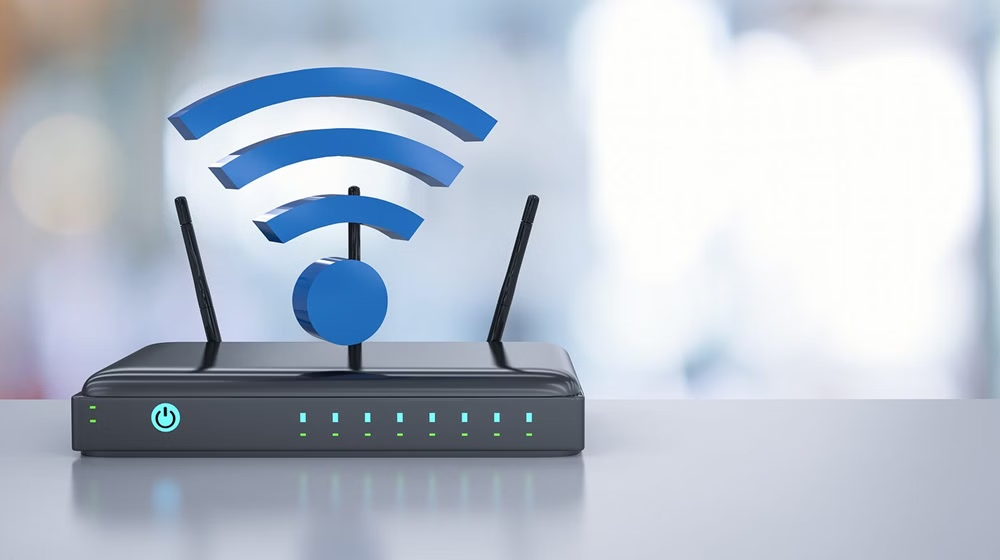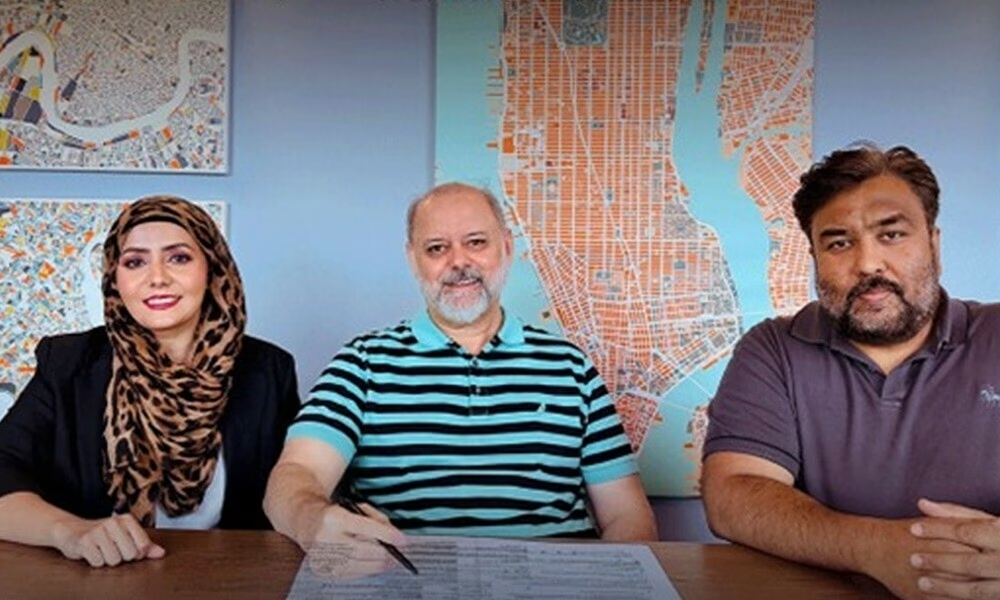The cost of internet access in 2025 reveals major global disparities, with Pakistan ranking among the top 10 most expensive countries for internet. According to We Are Social, Pakistanis pay an average of $0.53 per Mbps, a rate significantly higher than in countries like the UK, South Africa, or Indonesia. This ranking highlights the growing challenge of affordability and accessibility that continues to affect Pakistan’s digital transformation efforts.
Global Internet Cost Comparison
The global internet pricing landscape for 2025 shows massive differences between countries. At the top of the list is the United Arab Emirates (UAE), where broadband costs reach an astonishing $4.31 per Mbps, making it the world’s most expensive market. Ghana follows with $2.58, Switzerland at $2.07, Kenya at $1.54, and Morocco at $1.16.
Pakistan’s broadband cost of $0.53 per Mbps places it tenth among the most expensive countries for internet, ahead of several developed nations. Limited competition in the telecom sector, slow fiber-optic network expansion, and poor digital infrastructure—especially in rural areas—are among the main reasons for these high costs.
In sharp contrast, Romania, Russia, and Thailand offer some of the cheapest internet rates in the world. Romania tops the list of affordable countries at $0.01 per Mbps, while Russia and Thailand follow closely at $0.02. These low prices are supported by competitive telecom markets, government-led broadband initiatives, and extensive infrastructure investments.
Pakistan’s Digital Accessibility Challenges
Pakistan’s position among the top 10 most expensive countries for internet has serious implications for its digital accessibility. Most broadband coverage remains centered in urban areas, leaving rural communities with limited or no access to high-speed internet. We Are Social’s 2025 report notes that the country’s broadband growth has been slowed by outdated infrastructure, regulatory barriers, and high operational costs.
Although the government has taken steps to expand 4G and fiber networks under the Digital Pakistan initiative, progress has been slow. Neighboring countries such as India ($0.08 per Mbps) and Malaysia ($0.09 per Mbps) offer much more affordable access, showing how Pakistan’s broadband market still lags behind in terms of both reach and pricing.
Global Connectivity Gap
The difference between the most and least expensive internet markets is staggering. Broadband in the UAE costs more than 400 times the price users pay in Romania. This gap highlights global inequalities in access to the digital economy. Countries with strong telecom competition, advanced infrastructure, and pro-investment policies enjoy lower costs and better connectivity, while developing economies like Pakistan struggle to keep up.
Pakistan’s telecom providers have long cited high energy prices, regulatory uncertainty, and lack of shared infrastructure as major challenges. Frequent power outages and limited government incentives further restrict broadband expansion. The Pakistan Telecommunications Authority (PTA) has acknowledged these issues, emphasizing the need for improved regulation, transparency, and private-sector participation in the digital ecosystem.
Why Internet Affordability Matters for Pakistan
Being listed among the most expensive countries for internet affects Pakistan’s economic potential and social progress. Affordable connectivity is no longer a luxury—it’s a necessity for education, entrepreneurship, and innovation. In a country with one of the world’s youngest populations, limited access to affordable internet restricts opportunities for online learning, freelancing, and business growth.
According to DataReportal 2025, nearly 45% of Pakistan’s population still lacks reliable internet access. This digital divide hinders the government’s goal of creating a digitally inclusive economy. By making broadband more affordable and accessible, Pakistan can unlock growth in sectors such as e-commerce, IT exports, and digital education.
The Path Toward a Digital Future
To move out of the list of the most expensive countries for internet, Pakistan must focus on a combination of infrastructure development, private investment, and policy reform. Expanding fiber networks to rural regions, reducing taxes on telecom equipment, and encouraging fair competition among internet service providers are key steps forward.
Learning from countries like Romania and Poland, where shared infrastructure and government support helped achieve low broadband costs, Pakistan can replicate similar strategies. Integrating renewable energy to power telecom infrastructure and implementing transparent pricing regulations can also help reduce operational costs for service providers.
Pakistan’s ranking among the most expensive countries for internet underscores an urgent need for reform. While mobile internet coverage has expanded in recent years, broadband affordability and quality remain persistent challenges. To build a truly digital Pakistan, policymakers must prioritize accessible, affordable, and reliable internet for all citizens. Reducing costs and improving connectivity will not only empower individuals but also drive innovation, education, and economic growth in the years ahead.



